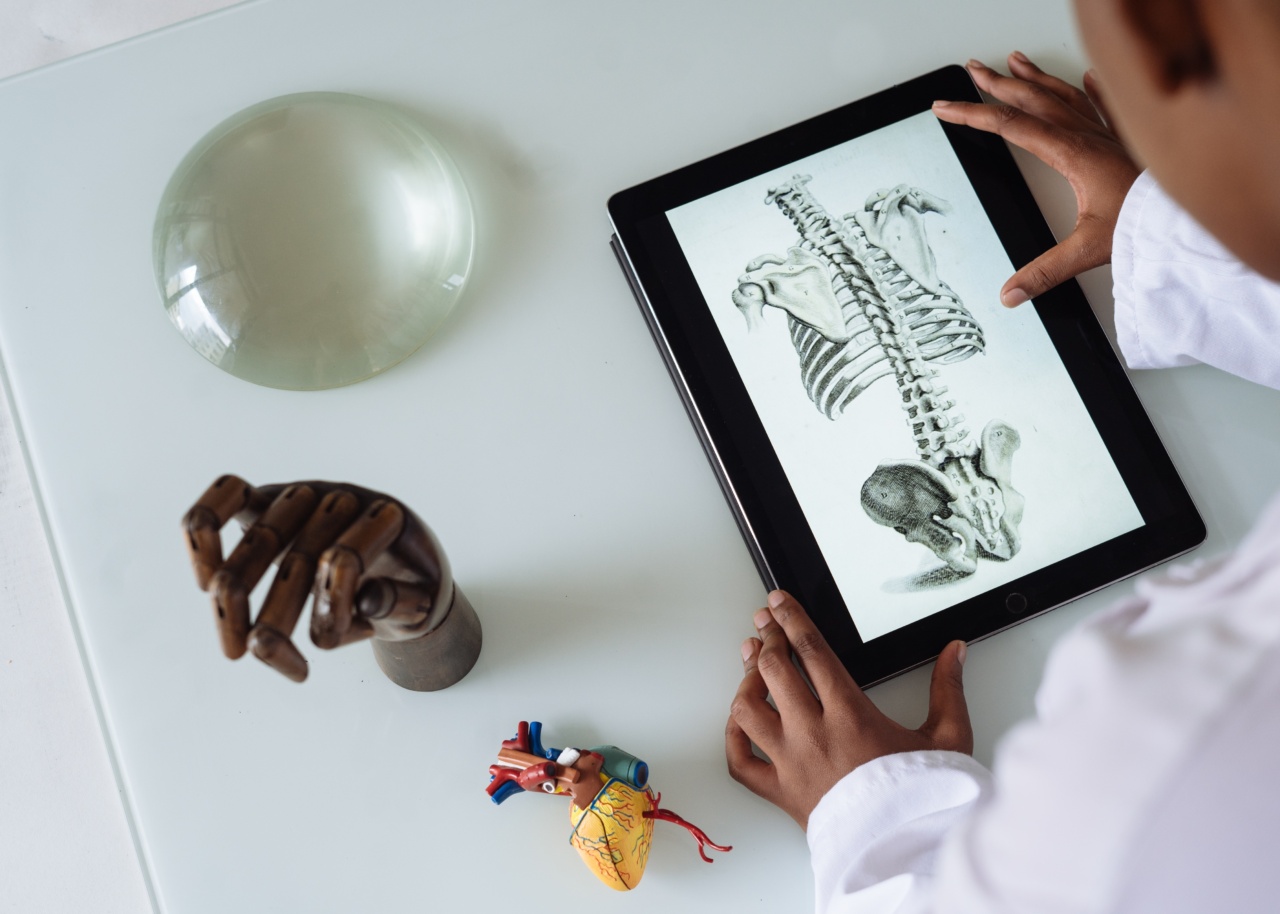Kidney stones are a common and painful condition affecting millions of people each year. Thankfully, for those who suffer from them, there are a number of treatment options available.
In this guide, we will be exploring the causes, symptoms, and treatment methods for kidney stones.
What Are Kidney Stones?
Kidney stones are hard deposits that form in the kidneys, ureters, or bladder. They are made up of various substances including calcium, oxalate, and uric acid.
These deposits can vary in size from small grains to large stones that can cause significant pain and discomfort.
What Symptoms Are Associated With Kidney Stones?
The symptoms of kidney stones can be very painful. They typically include pain in the back or side, pain during urination, and blood in the urine. Other symptoms may include nausea, vomiting, and fever.
If you are experiencing any of these symptoms, it is important to seek medical attention right away.
What Causes Kidney Stones?
There are a number of factors that can contribute to the formation of kidney stones. These include:.
- Dehydration
- A diet high in salt and sugar
- A family history of kidney stones
- Medical conditions such as gout and hyperparathyroidism
- Urinary tract infections
If you are at risk for kidney stones, it is important to stay hydrated and to avoid foods that are high in salt and sugar. You may also wish to consider taking medication to help prevent the formation of stones.
How Are Kidney Stones Diagnosed?
If you are experiencing the symptoms of kidney stones, your doctor will likely order tests such as CT scans or ultrasounds to confirm the presence of the stones.
They may also perform blood and urine tests to check for other conditions that could be causing your symptoms.
What Are the Treatment Options for Kidney Stones?
There are a number of treatment options available for kidney stones. The best option for you will depend on the size and location of your stones, as well as your overall health.
1. Pain Management
Pain management is an important aspect of treating kidney stones. Your doctor may prescribe pain medication or suggest over-the-counter pain relief options to help manage your symptoms.
2. Drinking Plenty of Fluids
Drinking plenty of fluids is often one of the first steps in treating kidney stones. This helps to flush the stones out of your system and prevent their formation in the future.
3. Extracorporeal Shock Wave Lithotripsy (ESWL)
ESWL is a non-invasive treatment that uses shock waves to break up stones into smaller pieces that can be passed through the urine. This treatment is typically used for smaller stones located in the kidney or ureter.
4. Ureteroscopy
Ureteroscopy is a minimally invasive procedure that uses a small camera to remove stones located in the ureter. This treatment is typically used for larger stones or stones located in the lower or middle ureter.
5. Percutaneous Nephrolithotomy (PCNL)
PCNL is a surgical procedure that is used to remove large stones located in the kidney. This procedure involves making a small incision in the back and using a scope to remove the stones.
Conclusion
Kidney stones can be a painful and debilitating condition, but with proper treatment and prevention methods, they can be effectively managed. If you are experiencing the symptoms of kidney stones, it is important to seek medical attention right away.





























